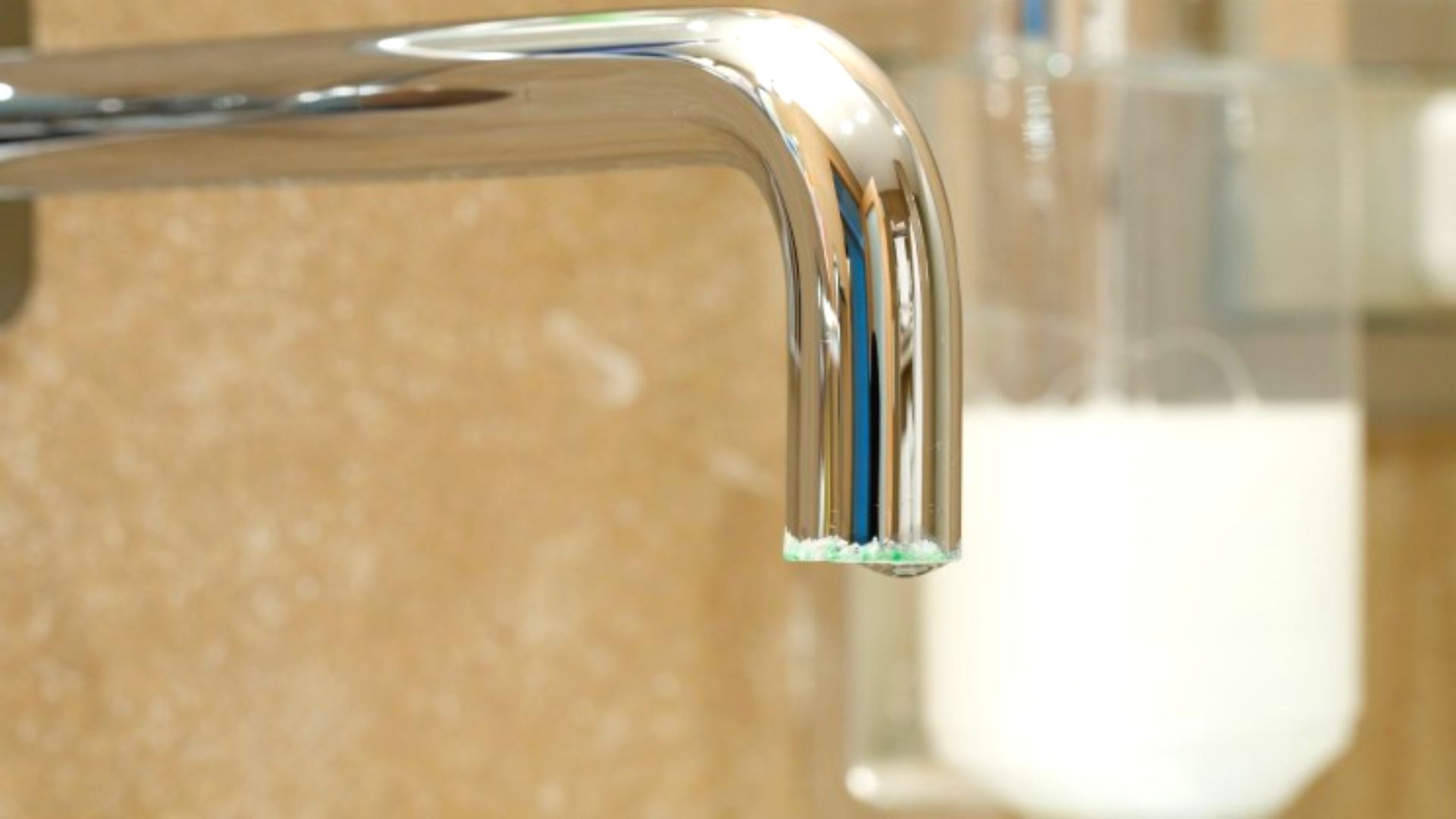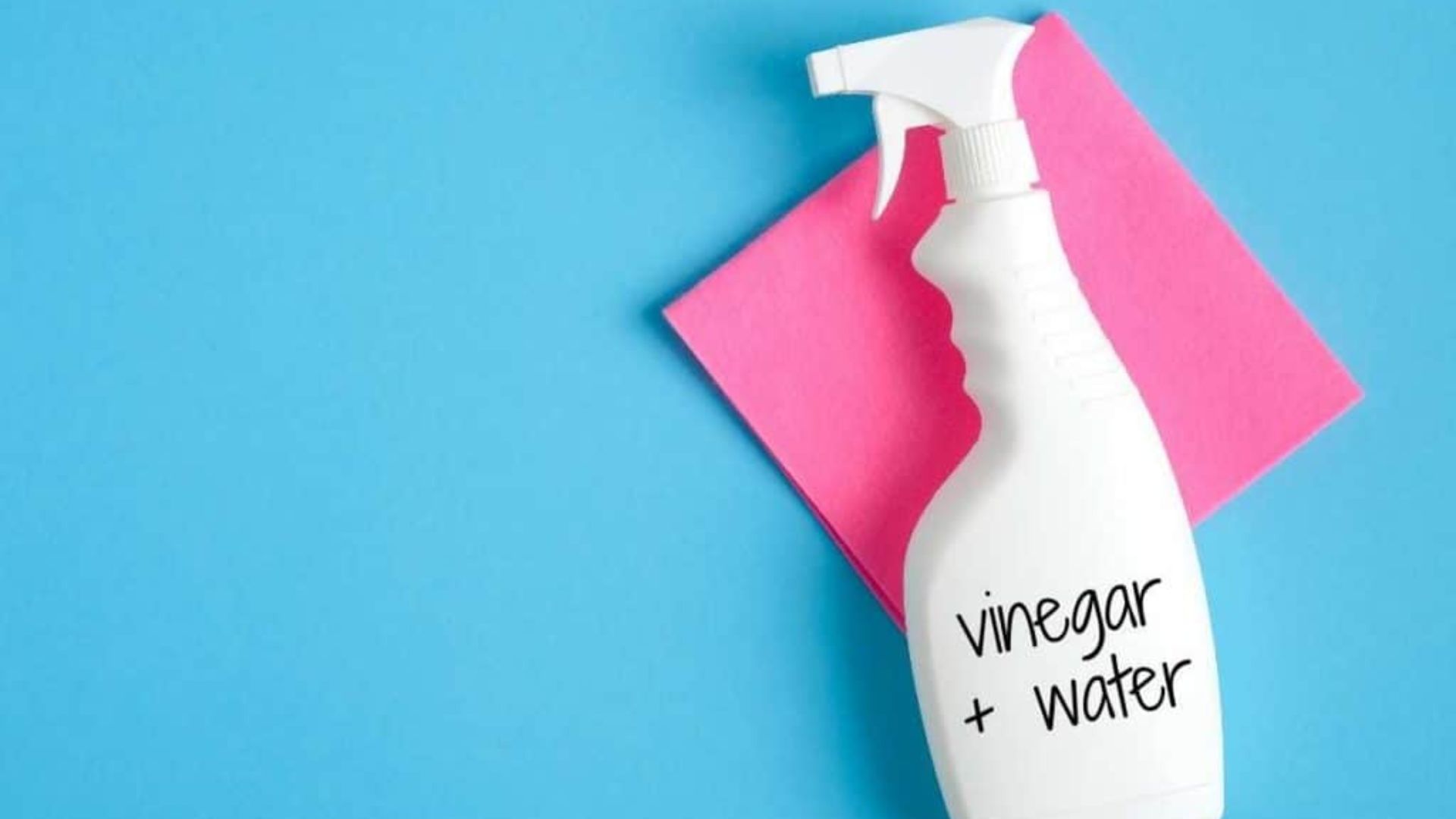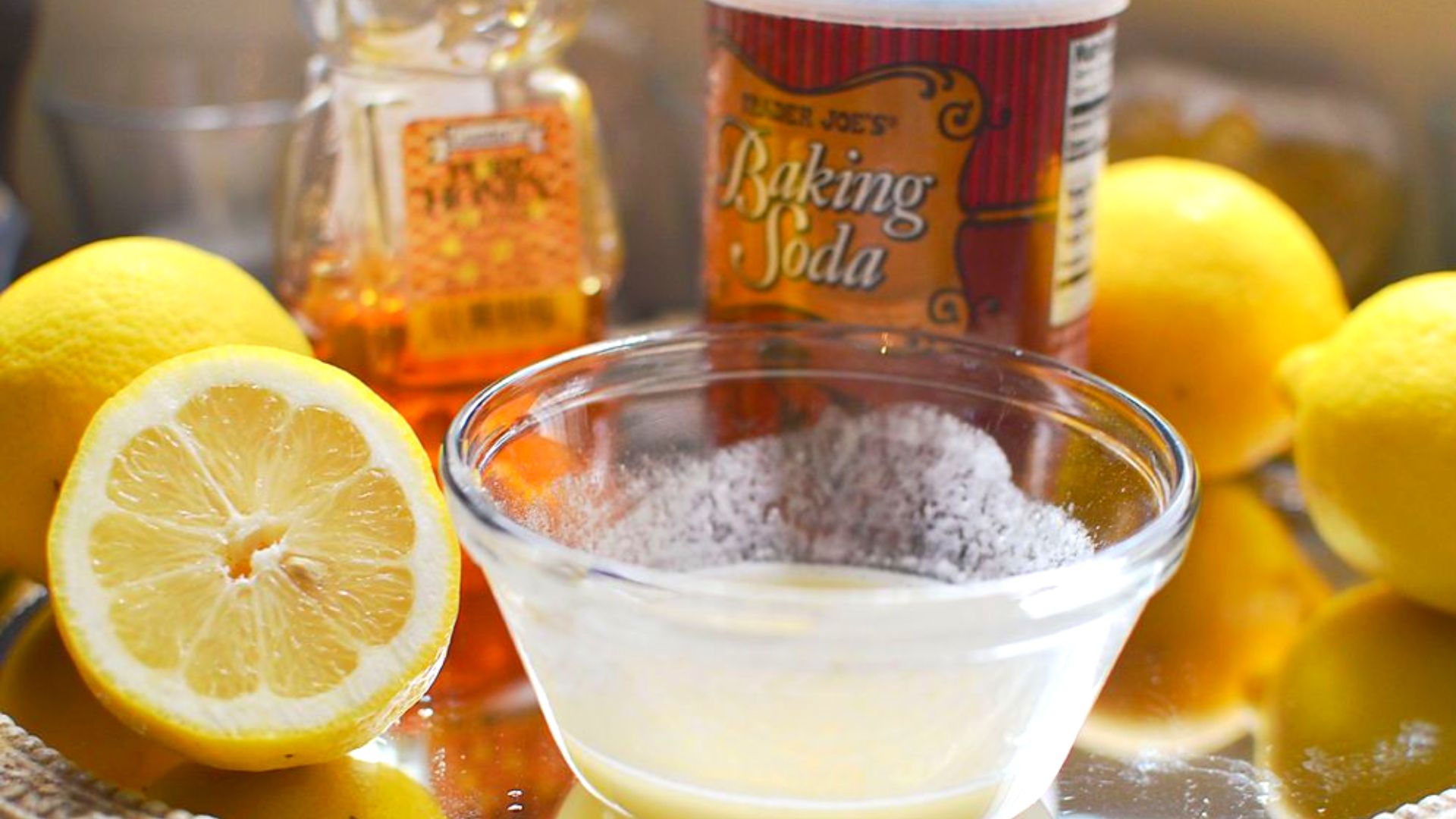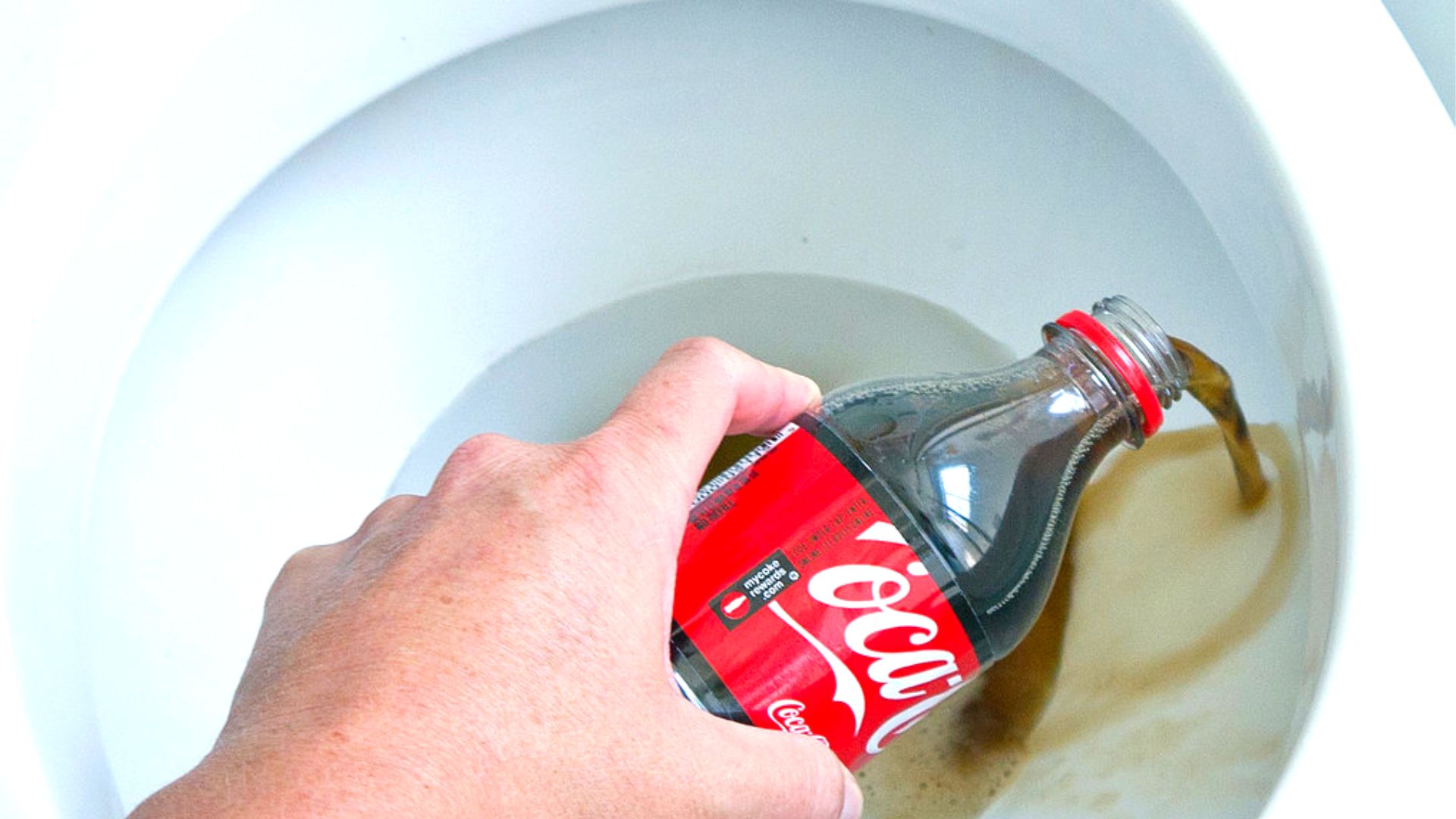7:00AM to 5:00PM
Plumbing problems don’t arise suddenly, and it’s only when the little issues morph into something substantial that people notice.
So, regular maintenance is essential to keeping your fixtures and pipes in top condition. It would be best to look out for the tell-tale signs of trouble. If you are vigilant, you will notice some appliances and structures developing a white coating that sets into a solid mass over time when left untreated.
This is limescale, which, over time, affects the smooth functioning of hot water systems, kitchen appliances, pipes, and bathroom fixtures.
To remove limescale deposits from plumbing fixtures, try scrubbing them with vinegar and baking soda. You can also try other household items such as lemon and Coca-Cola. But we will explain this more in our guide. So, if you want to know how to prevent limescale build-up and remove deposits, let’s begin!

If you have seen a hard white crust form around household appliances, like taps and faucets, you have a limescale problem. Limescale consists of calcium carbonate, an alkaline residue of hard water.
Hard water is rich in dissolved minerals like calcium and magnesium, which results in white, lumpy deposits around plumbing systems when the water evaporates. If you don’t remove limescale quickly, this chalky substance can affect the water supply and the normal functioning of household appliances.
A substantial limescale build-up is expensive and challenging to remove at home or in commercial settings. That’s why you need to spot the early signs of mineral deposits and use the following techniques for smooth removal.
Hot water heaters, washing machines, hot water pipes, other water appliances, and minor electrical machines are susceptible to limescale stains. Often, people find a white calcium carbonate coating in their dishwashers, kettles, coffee makers, pans, and pots.
Other areas regularly exposed to water and showing limescale deposition include pipes, kitchen fixtures, tiled surfaces, bathroom fittings, and grout.
Follow the steps in this section to remove limescale and ensure all appliances are in perfect working condition.

A solution of white vinegar and hot water is one of the most effective techniques for removing limescale from several affected areas. The proportion of white vinegar and water can be changed depending on the appliance you are cleaning.
Mix equal parts of water and white vinegar or lemon juice to clean coffee makers and kettles. In some cases, such as when cleaning decanters, jars, glassware, or lustreless jugs, it’s essential to let the glassware soak throughout the night. Then, rinse the vinegar or lemon juice solution in the morning; the pots and pans should be shiny.
To clean them from the inside, fill the appliances with the same mixture and allow them to simmer for 15 minutes before rinsing them with a soft sponge and fresh water.

You can use this mixture to clean a shower screen by mixing vinegar and water in a 1:3 combination. However, removing the dirt and grime with an old toothbrush before applying the cleaning solution to get the best results would be best.
Let the solution rest for an hour, then pour glass cleaner over it and wipe the surface with a clean microfiber cloth.
We recommend mixing vinegar and baking soda instead of using a heavy-duty chemical cleaner for limescale removal. This mixture is most effective for cleaning the plumbing system and removing mineral deposits within the piping system.
Mix 8 litres of white vinegar with a cup of baking soda for every drainage system. But before that, it’s essential to empty the pipes, so carefully flush the toilet bowl and pour the baking soda into the drains. Then, slowly pour the vinegar and allow the mixture to rest for 3-4 hours.
After that, gently pour boiling water down the drain to remove the harsh chemicals, soap, and grease residue.
Lemon and soda bicarbonate is an organic mixture that helps eliminate limescale build-up from shower heads, hot water heaters, and other bathroom or kitchen appliances. You must mix these two components to create a paste and use its abrasive properties to eliminate plumbing problems.
Gently scrub the affected area and wipe dry with a clean paper towel to clean the limescale. You can dip components like a faucet aerator into a cap containing lemon juice for stubborn stains and leave it overnight.

Coca-Cola is handy for removing hard water deposits from a toilet bowl. You only need to pour it into the bowl and let it rest. Since Coca-Cola contains large amounts of phosphoric acid, it helps remove limescale while acting as a rust remover.

You can dilute lemon or vinegar and add it to a spray bottle containing water in equal proportion. For the best results, the mixture should feature a 50:50 concentration, which proves helpful in cleaning limescale from tiles, shower bases, sinks, bathtubs, etc.
Allow the solution to rest, and scrub some soda before wiping the surface with a clean cloth.
You can use mild commercial detergents to remove limescale deposits from the washing machine or dishwasher if nothing else works. But when looking for eco-friendly alternatives, we recommend adding lemon juice and running the appliance regularly.
While removing limescale is one option, it would be best to prevent limescale build-up in the first place.
To reduce the chances of malfunctioning appliances or clogged plumbing fixtures, you can install a water softener to prevent stains and mineral deposits. Any modern water softener is compatible with all plumbing systems and provides a cost-effective solution instead of an expensive descaler system.
You can add salt to the water tank or use a catalytic water conditioning device. These units change the structure and arrangement of the molecules to prevent limescale while maintaining a consistent water pressure through the pipes or heating elements.
Are you having trouble with your plumbing? Talk to our expert Gold Coast plumbers today! With a vast array of plumbing services, we are confident we have the best solution for your problem. From limescale issues to burst pipes – we are just a call away.